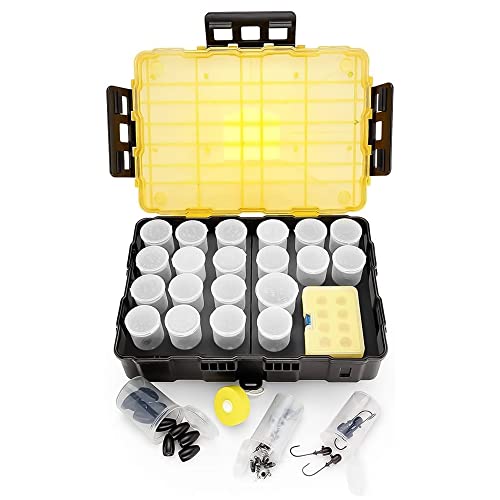Registered to this forum to give you an answer.
Will copy text I saved from other forum, so dont have to write it again, meanth for cars/motorhomes, so can be a little of the question here.
But in next posts I can be more specific. But its true that for verry low loads a lower pressure gives enaugh reserve still.
And even if you have 80% of load realy on tire then the load the pressure is calculated for for 99m/h, still no bumping and even side to side surface on the ground. So there is a range in the pressure in wich tire is save and comfortable ( so screws wont turn loose by bumping)
Will give a link to my public map of one-drive, to start with, that belongs to my hotmail.com adress with same username as in this forum, with lots of tire-pressure maps, also in English. Also that for trailers.
https://onedrive.live.com/?cid=A526E0EEE092E6DC&id=A526E0EEE092E6DC!128
Here the copy.
Registered to this forum to react to this topic, found with google.
Live in Holland ( Europe) and once got hold of the formula for calculating pressure for a load and went running with it. Now call myself tire-pressure specialist. Got much wiser about it and maximum load of tires in the years.
So will not introduce myself in a seperate topic, because I dont own a car on this forum, only react on tire-pressure related questions.
Tirepressure advice is all about load on tire and speed ( and sometimes about alighnment - camber angle).
So if you can give details of car and tires , I can calculate an advice pressure with some reserve for things like, pressure-loss in time, unequall loading R/L, incidental extra load, misreadings of pressure scales,and misyudging of weight, etc.
This is from tires next and can be read from sidewall:
Maximum load or loadindex.
Kind of tire to determine the AT-pressure/pressure needed for the maximum load up to maximum speed of tire, or if lower 160km/99m/h/reference-pressure, wich is not the maximum pressure of tire.
Maximum speed of tire, most given as letter ( Q=160km/99m/h,N=140km/86m/h fi)
If you have offroad or tires looking like that , with large profile blocs that cover a part of sidewall, also mention, they are allowed lesser deflection then a normal road tire, then the tire maker used to determine the maximum load (to my conclusion the case for the Bridgestone tires on Ford Explorer in the Ford/Firestone affaire).
If you cant find all of it give sises of tire and Loadkind, then I will google for it.
From car next and mostly can be found on same plate as the original pressure advices:
GAWR and GVWR ( Gross Axle/Vehicle Weight Rating)
But best would be to determine the real weights in your use on seperate tires or estimate it as acurate as possible, by weighing per wheel(pair) or axle.
Maximum speed , you dont go over for even a minute in your use, eventually different for different situations, for instance when towing or fully loaded.This apart from trafic regulations, if you drive faster then allowed give that speed. Nature punnisches with tire-failure, police only with a penalty.
Give all that and I will calculate and give a picture of one of my filled in spreadsheets in my answer.
If other then original tires, indead as is already answered other advice is needed, a stiffer tire ( fi C-load instead of P-tire) needs a higher pressure for the same load, or the other way around, has lower loadcapacity for the same pressure.
Greatings from a Dutch pigheaded self-declared tire-pressure-specialist.






















































